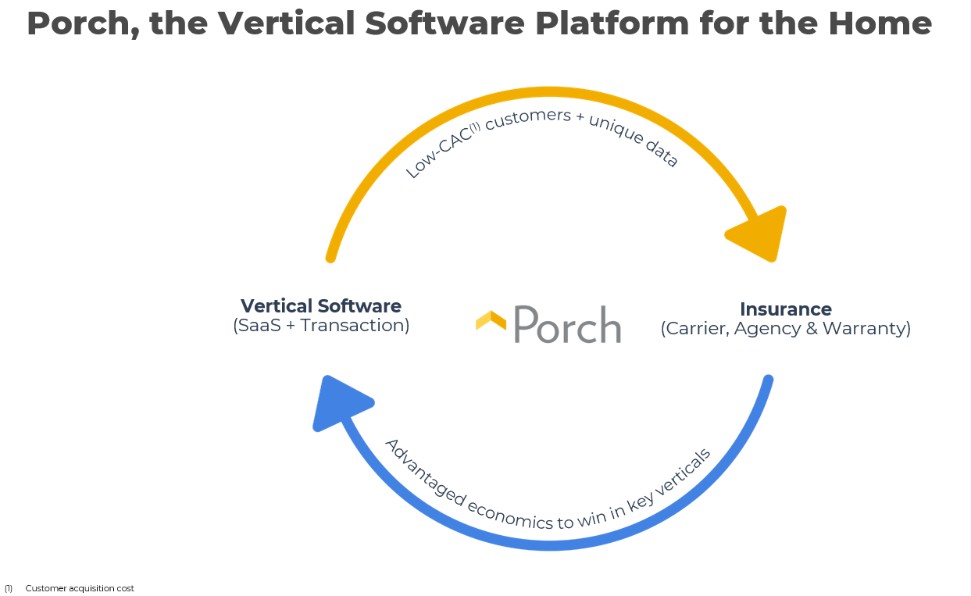
Software and Services for Home Services Companies
Porch Group’s platform provides home services companies with software and services to help them grow their business and provide a better customer experience. This value proposition can be divided into three components.
First, Porch Group offers industry-leading vertical-specific software that includes a wide range of functionality required by home services companies, e.g., home inspectors, mortgage companies, title companies, roofers, and moving services providers to run a successful business. These software solutions, which vary by industry, include features such as configurable dashboards, calendars and scheduling, online booking, payment processing, dispatch and routing optimization, customer relations and communications, point of sale interfaces, flexible reporting, industry integrations, report writing, quoting and more. Companies use this software for their customers and transactions, managing their employees and tracking their partners. The depth of functionality varies among industry-specific products. Because this software is used in so many aspects of day-to-day management by home services companies such as home inspectors, Porch sees high retention rates among our software customers.
Second, Porch offers a concierge service that home services companies can then offer to their end customers to improve the moving and home improvement experience. Porch’s Moving Concierge service assists the home services company’s end customer with the remaining aspects of their move and, in the future, with ongoing home maintenance. through the use of a customer self-service dashboard in which the customer manages their moving “to do” list. In addition, a Moving Concierge representative will contact the customer to talk about their home inspection, answer questions, collect a review for the company, and chart out all upcoming services with which Porch can assist, including comparing prices and making decisions about critical services such as insurance (as both a licensed, nationwide insurance agent and a carrier in certain states), moving, security, and TV/Internet. Porch’s Moving Concierge service creates a positive end-customer experience that can benefit the home services company. In 2022, Porch launched the Porch smartphone app to enhance and expand the customer experience and home-related features, including recall monitoring for appliances and other systems, as well as to do lists for ongoing home projects.
7
